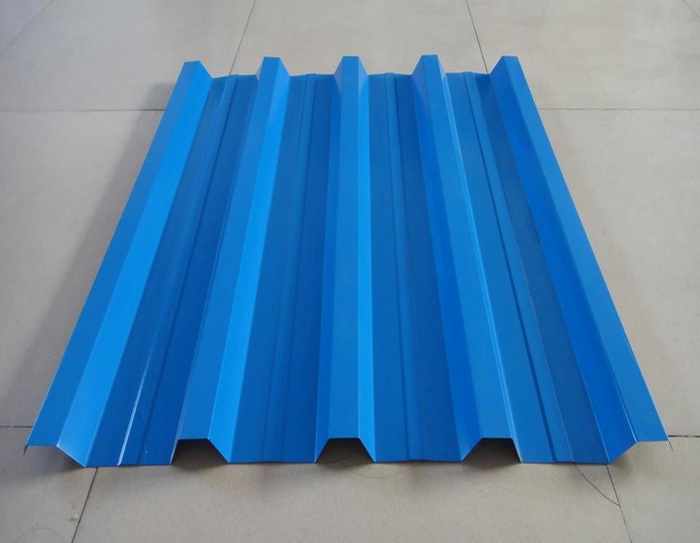Roller Shutter Equipment for Enhanced Security and Safety Solutions
The Role of Roller Shutter Machines in Modern Industries
Roller shutter machines are vital components in various industrial applications, serving both functional and security purposes across a multitude of sectors. These machines automate the production of roller shutter doors — a crucial element in modern construction and interior solutions. This article explores the significance of roller shutter machines, their working mechanisms, applications, and advancements that are shaping their future.
Understanding Roller Shutter Machines
Roller shutter machines are specialized equipment designed to manufacture roller shutters efficiently. A typical roller shutter consists of horizontal slats, which can be made from various materials, including aluminum, steel, or PVC. These slats are interconnected, allowing them to roll up or down smoothly, thereby providing a barrier that can be controlled for privacy, security, and space management.
The production process typically involves several steps, including cutting, shaping, and assembling the materials. Roller shutter machines streamline this process, enabling manufacturers to maintain high productivity while ensuring quality control. Advanced machines incorporate technologies such as CNC (Computer Numerical Control) to enhance precision and reduce waste.
Applications of Roller Shutter Machines
Roller shutters produced by these machines are widely used in residential, commercial, and industrial buildings. In residential settings, roller shutters serve as effective security measures, deterring intruders while providing privacy. They also offer thermal insulation, which can enhance energy efficiency in homes.
In commercial environments, roller shutters are often used for storefronts and warehouses. They provide security during after-hours and are designed to withstand harsh weather conditions. Many roller shutters also have built-in mechanisms that allow for quick deployment and retraction, facilitating easy access while maintaining safety.
Industrially, roller shutter machines are essential in factories and logistics facilities. They contribute to creating barriers in production areas, protecting sensitive equipment and materials, while also aiding in the management of airflow and temperature.
roller shutter machine

Technological Advancements
The evolution of roller shutter machines has been propelled by advances in technology. Today’s machines are equipped with smart features, such as automated operation and remote monitoring. Automation reduces the reliance on manual labor, minimizes human error, and increases overall efficiency.
Integration with IoT (Internet of Things) has also started to revolutionize the industry. Smart roller shutters can be controlled via mobile applications, permitting users to operate them from anywhere. This feature is particularly advantageous for commercial buildings, where security needs to be monitored at all times.
Moreover, sustainability has become a critical consideration in the production of roller shutters. Many modern machines support eco-friendly materials and processes, contributing to the global initiative to reduce carbon footprints. Manufacturers are increasingly opting for recyclable materials and energy-efficient operations.
Challenges and Future Directions
Despite the advantages, the roller shutter machine industry faces challenges. The competition in the manufacturing sector is fierce, with companies vying for market share through innovative solutions and competitive pricing. Additionally, fluctuations in the cost of raw materials can impact production costs significantly.
Looking ahead, the demand for customized solutions is expected to grow. Consumers and businesses are increasingly looking for roller shutters tailored to their specific needs, including various styles, colors, and functionalities. As a result, roller shutter machines may need to be more versatile, capable of producing a broader range of products with quick turnaround times.
In conclusion, roller shutter machines play an indispensable role in the global industrial landscape. Their efficiency, adaptability, and the security they provide are paramount in today’s fast-paced environment. With ongoing technological advancements, the future of roller shutter production looks promising, promising exciting developments that will continue to meet the needs of consumers and industries alike. As manufacturers embrace innovation, the roller shutter industry is poised to evolve and thrive, contributing to safer and more efficient spaces across the globe.
-
Roof Panel Machines: Buying Guide, Types, and PricingNewsJul.04, 2025
-
Purlin Machines: Types, Features, and Pricing GuideNewsJul.04, 2025
-
Metal Embossing Machines: Types, Applications, and Buying GuideNewsJul.04, 2025
-
Gutter Machines: Features, Types, and Cost BreakdownNewsJul.04, 2025
-
Cut to Length Line: Overview, Equipment, and Buying GuideNewsJul.04, 2025
-
Auto Stacker: Features, Applications, and Cost BreakdownNewsJul.04, 2025
-
Top Drywall Profile Machine Models for SaleNewsJun.05, 2025








